Vinyl collecting isn't just a way to enjoy music; it's a deep dive into the essence of sound and artistry. For many, the appeal of vinyl for beginners and seasoned collectors alike lies in the tangible connection to the music. Holding an album in your hands, admiring the artwork, and physically placing the needle on the record provides a nostalgic experience that digital formats can't match. This sensory interaction with music attracts lovers of all genres. It's a multi-generational bridge that brings together people with a shared passion for music's pure form.
The Rich History of Vinyl Records
Origins and Evolution
Initially, phonograph records were made from shellac, but by the 1940s, manufacturers had begun to adopt vinyl because of its greater durability and capacity for longer playback. This transition was pivotal, setting the stage for the history of vinyl records as collectors and enthusiasts know it today. Its ability to reproduce sound with high fidelity made it a favorite medium for audiophiles and musicians, cementing its place in the annals of music history.
Shaped Decades of Musical Expression
Throughout the 1950s and 1960s, iconic albums were released on vinyl, which helped to cultivate distinct musical eras and movements. The format allowed artists to conceive of an album as a cohesive piece of art—both musically and visually. This era facilitated the rise of concept albums, where the sequencing of songs and the vinyl album artwork contributed to a unified narrative or theme, deepening the listener's engagement with the material.

From Shellac to LPs
Introduced by Columbia Records in 1948, the LP could play for up to 20 minutes per side, a significant leap from its predecessors' four minutes per side. This innovation allowed for the expansion of creative boundaries in music, giving artists the freedom to explore more complex and extended compositions without the constraints of shorter tracks.
The Resurgence of Vinyl in the Digital Age
Despite the convenience of MP3s and streaming services, many music lovers are returning to vinyl for its audio quality and collectibility. This resurgence is fueled by a desire for a more authentic listening experience, where the act of playing a record is as much a part of the experience as the music itself. The revival of vinyl collecting speaks to its timeless appeal and the growing recognition as a cultural artifact that offers a tangible connection to the history and artistry of music.
Getting Started with Vinyl for Beginners
How to Collect Vinyl
Acquaint yourself with different types of records and what makes them special—be it singles known as 45s, LPs, or rare pressings. New collectors should start by visiting local vintage record stores, where they can speak to more experienced collectors and store owners who can offer personalized advice and insights. It's important to set a budget since starting a vinyl collection can range from modest to substantial investments depending on the rarity and condition of the records you aspire to collect.
Must-Have Gear and Turntable Setup Tips
Setting up your vinyl playback system is a critical step in appreciating the full sonic potential of your records. Here is a concise guide to the essential gear every vinyl enthusiast should consider:
- Turntable: A high-quality turntable ensures that your records are played with precision and directly influences the overall sonic clarity and warmth that many vinyl lovers cherish. Factors such as build quality, motor stability, and platter construction are paramount when considering a turntable. A robust chassis minimizes vibrations, while a well-balanced platter helps maintain consistent speed, both are critical in reducing unwanted noise and distortion during playback. Modern turntables come with a variety of features, including adjustable pitch control, anti-skate mechanisms, and even built-in preamps, each contributing to a smoother and more reliable performance. Moreover, aesthetics play a role—many enthusiasts appreciate a design that reflects a timeless elegance and complements their personal style. Investing in a reputable brand ensures access to engineered components for longevity and exceptional performance.
- Cartridge: The cartridge is a critical element in your vinyl playback system, acting as the essential interface between your record and the audio output. This small yet significant component houses the stylus, or needle, responsible for reading the microscopic grooves etched into each record. The cartridge's performance can greatly influence the overall sound quality, dictating how accurately the nuances of your music are captured. High-end cartridges are designed with precision engineering, using advanced materials to minimize tracking errors and distortion. They are meticulously calibrated to ensure that the delicate vibrations created by the groove’s undulations are faithfully translated into electrical signals. As you select a cartridge, consider factors such as the type of stylus (elliptical, conical, or Microline), tracking force, and overall compatibility with your turntable. Each type of stylus has its own impact on sound clarity and frequency response, with more advanced shapes often providing a more detailed and dynamic audio presentation.
- Preamp: This amplification is necessary because the output from a cartridge is typically very weak, requiring a boost to bring it up to a standard line level. There are two primary types of preamps: those built into modern turntables and standalone units that can be connected externally. When choosing a preamp, consider the type of music you enjoy and the specific nuances of your audio system. Some preamps are designed to add a slight warmth to the signal, enhancing the analog feel of the sound, while others aim for a clean, transparent amplification that faithfully preserves the original recording's dynamics. The preamp's circuitry, power supply, and overall design contribute to its performance, and even subtle differences can significantly affect the audio output. For audiophiles passionate about every sound decibel, investing in a dedicated preamp can be a game-changer, offering a level of control and customization that integrated models may lack.
- Speakers: Speakers are the final output in your vinyl playback system, tasked with transforming the electrical signal into the immersive, dynamic sound that fills your room. The quality of your speakers is paramount in reproducing the unique analog warmth that vinyl is known for. Consider a range of factors, including frequency response, build quality, and the type of enclosure. High-fidelity speakers are engineered to deliver a balanced sound, where every frequency—from the deep, resonant bass to the sparkling highs—is reproduced with clarity and depth. Bookshelf speakers offer a compact yet powerful option, often providing a surprising level of detail and a rich soundstage, while larger floor-standing models can fill a room with more robust, enveloping sound. The integration of high-quality drivers and crossovers is essential to ensure that each component of the audio spectrum is handled appropriately, reducing distortion and delivering a more coherent listening experience. Also, the placement and tuning of speakers within your listening space can profoundly impact their performance, requiring careful consideration of room acoustics and positioning.
- Receiver: Acting as both an amplifier and a signal processor, a receiver plays a pivotal role in determining the overall clarity and fidelity of your music playback. It is essential to consider its compatibility with your existing equipment and its ability to deliver sufficient power to drive your speakers effectively. Modern receivers come equipped with various input options, digital signal processing capabilities, and user-friendly interfaces, all designed to enhance your listening experience. The connectivity options available on a receiver, such as multiple phono inputs, HDMI ports, and streaming capabilities, allow you to expand your system and integrate other devices seamlessly. Additionally, many receivers offer adjustable settings that let you tailor the audio output to your room's unique acoustics, balancing factors like bass, treble, and midrange frequencies for a more immersive soundscape.
Embrace these insights and tips to elevate your listening experience and enjoy your vinyl collection to its fullest potential.

Understanding Record Pressings and Editions
Limited editions, special releases, and first pressings tend to hold more value and can be a real find for enthusiasts. Learning to identify these can significantly enhance your collection's worth and personal value. Researching labels, pressing plants, and catalog numbers can be incredibly rewarding.
Navigating Genres
It's beneficial to focus on a specific genre or a few artists to begin with. This focus helps in cultivating a deeper appreciation and understanding of the music and its production nuances. Whether you're drawn to the expansive narratives of classic albums on vinyl or the energetic beats of modern dance records, each genre offers a distinct vinyl listening experience. Explore a mix of top vinyl albums and personal favorites to create a diverse and enriching collection that reflects your musical tastes and journey.
Building and Expanding Your Catalog Vinyl Collection
Crate-Digging Music
This process is more than just shopping; it's an exploration of music history and personal taste. Seasoned collectors know that patience and persistence often lead to the most rewarding finds, from rare vinyl records to iconic albums that have defined genres. Each record uncovered is a piece of history, a snapshot of the era in which it was produced, offering a tangible connection to the past.
Buying Online vs. In Vintage Record Stores
While buying vinyl records online offers convenience and access to a global market, visiting brick-and-mortar stores provides a unique experience that goes beyond the transaction. In person, you can inspect the record's condition, talk to knowledgeable staff, and even listen to a few tracks before purchasing. Local record shops often foster a community of music lovers, offering a place to share recommendations and discover new music through organized events and listening parties.
Evaluating Record Condition and Value
Look for any scratches, warps, or skips that could affect playback. The grading system from Mint (M) to Poor (P) helps collectors assess the physical state of the record. Additionally, the album's rarity, pressing details, and market demand can all influence its price. Evaluating these factors accurately will enable you to make informed decisions and ensure you're adding quality pieces to your collection.
Classic Records to Own
Albums like Pink Floyd's "The Dark Side of the Moon" and The Beatles' "Abbey Road" are renowned for their production quality and have become staples in the vinyl community. These enhance your listening experience and hold their value well, making them excellent additions to any collection. Whether you're interested in jazz, rock, or pop, there are cornerstone records that are revered within each genre, serving as a perfect foundation for both new and experienced collectors.
Caring for Your Collection with Proper Storage and Maintenance
How to Store Vinyl Records to Prevent Damage
Records should be kept upright to prevent warping, away from direct sunlight, and in a climate-controlled environment to avoid heat damage. It's crucial to use inner sleeves made of anti-static material and outer protective sleeves to shield the vinyl from dust and scratches. This careful handling ensures that each record remains in excellent condition, is ready for the next play, and maintains its value as part of your collection.
Organizing Your Catalog Effectively
Categorizing pop vinyl albums by genre, artist, or era can make finding the correct record for any occasion simpler and more enjoyable. Implementing a cataloging system, whether through digital tools or a manual logging method, will help you track your collection's growth and ensure easy access to any record, no matter the size of your collection.
Cleaning Techniques and Preservation Tools
Maintaining the pristine condition of your vinyl records involves regular cleaning and the use of appropriate preservation tools. Here’s a detailed approach to vinyl storage solutions:
- Soft Anti-static Brush: This is a fundamental tool for vinyl care that gently removes dust and static cling from the surface of your records. This tool should be used both before and after each play to ensure that loose particles do not settle into the grooves and affect sound quality.
- Record Cleaning Solution: This solution is formulated to break down and lift away debris without compromising the integrity of the record’s surface. When applied correctly, it dissolves the unwanted substances that can dull the audio quality over time. A few drops applied to the surface, followed by a light wipe, can make a significant difference in maintaining a record's shine and performance.
- Microfiber Cloth: When used in conjunction with a record cleaning solution, the cloth helps to gently remove any residual moisture and contaminants that the liquid may have loosened. Its fine fibers are particularly adept at absorbing liquids and capturing dust, making it an ideal tool for ensuring that no residue is left behind.
- Stylus Cleaner: The stylus, or needle, is one of the most sensitive components of your vinyl playback system, and keeping it clean is paramount to achieving the best sound quality. A dedicated stylus cleaner is specifically formulated to remove accumulated dust, oils, and other debris from the delicate needle without causing any damage. Regular cleaning of the stylus prevents contaminants from transferring back onto your records, which can lead to unwanted noise and deterioration over time.
Each method plays a distinct role in ensuring that your collection remains free from damage and continues to deliver the superior sound quality that vinyl is renowned for.

The journey of collecting vinyl is akin to composing a lifelong soundtrack. With every record added, collectors not only enhance their musical landscape but also fortify a personal archive that narrates their life’s story through melodies and rhythms. This process of building and expanding the best vinyl albums can be as nuanced and dynamic as the music itself, offering endless opportunities for discovery and rediscovery. It invites a deeper engagement with music, urging one to listen actively and reflectively, making vinyl collecting a deeply enriching and enduring pursuit.
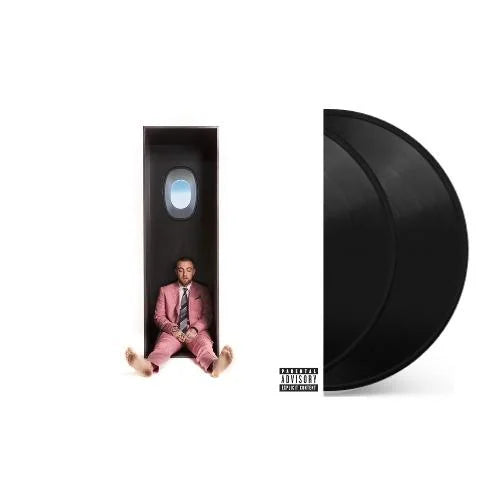
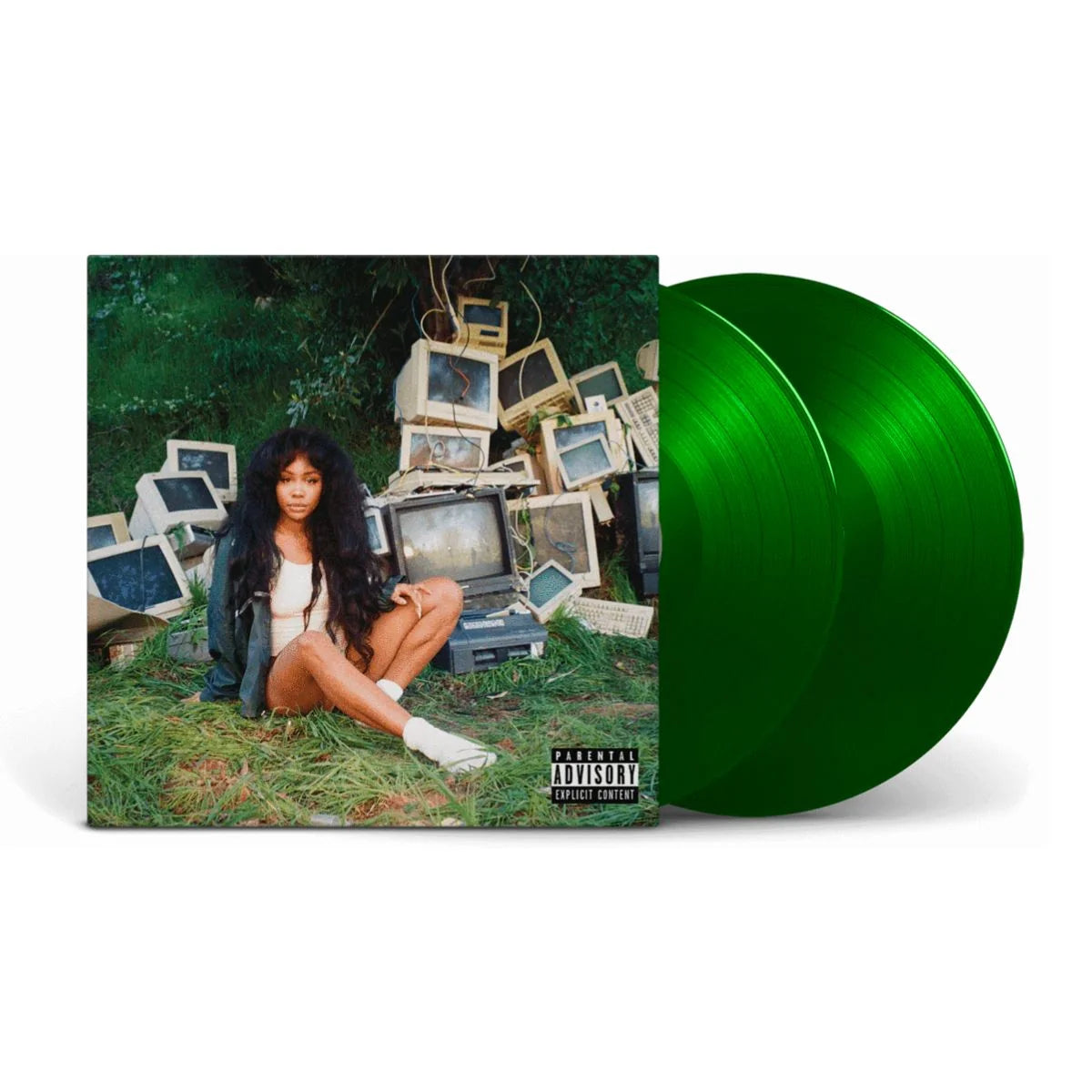
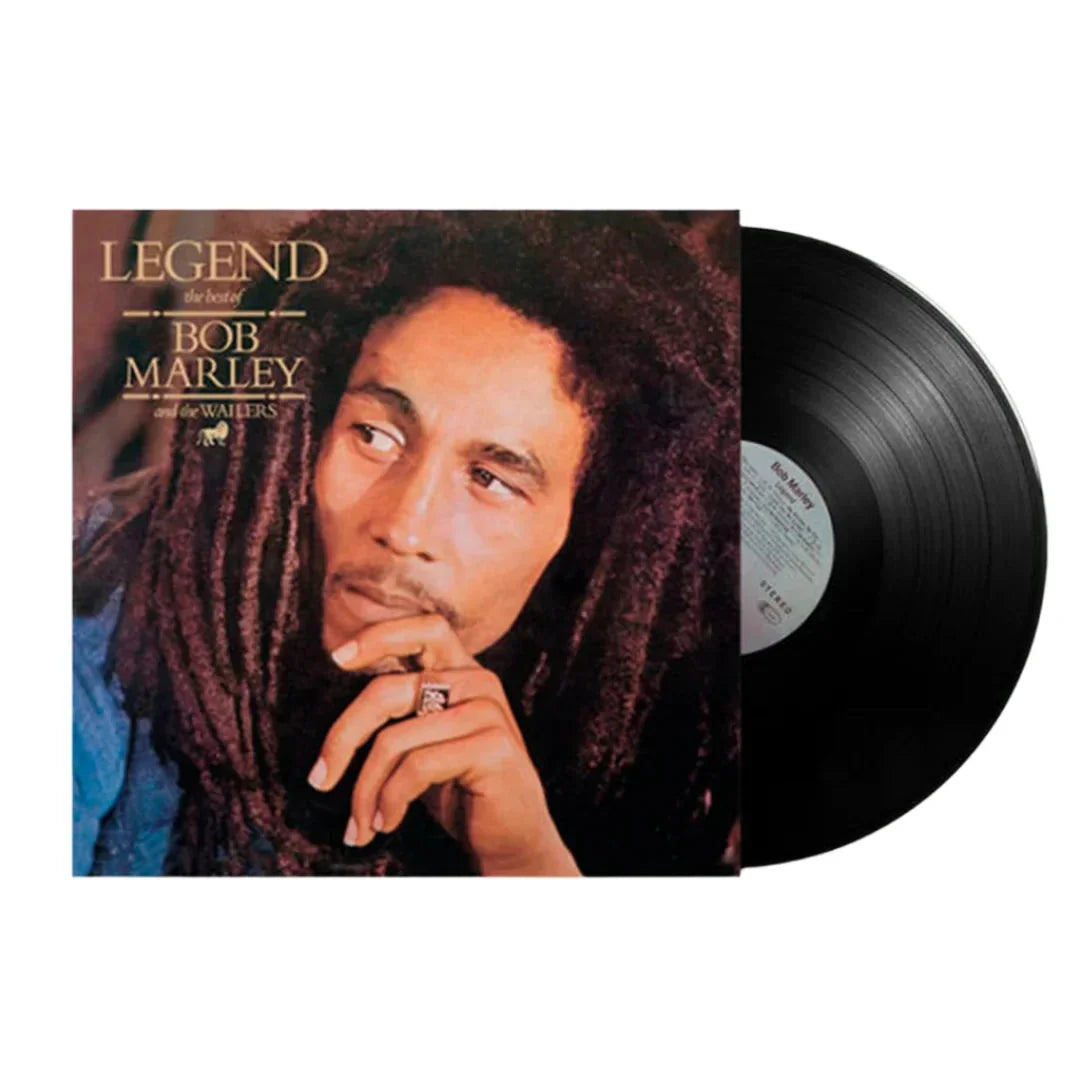
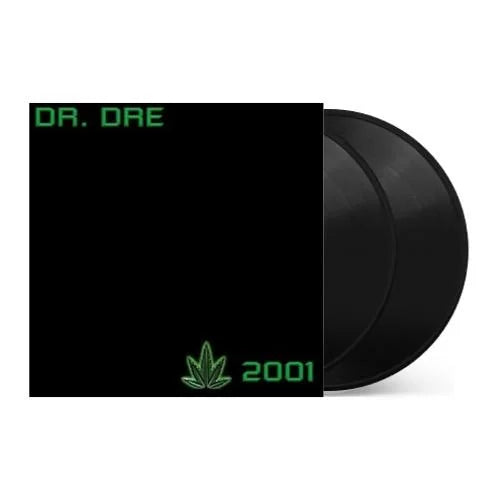
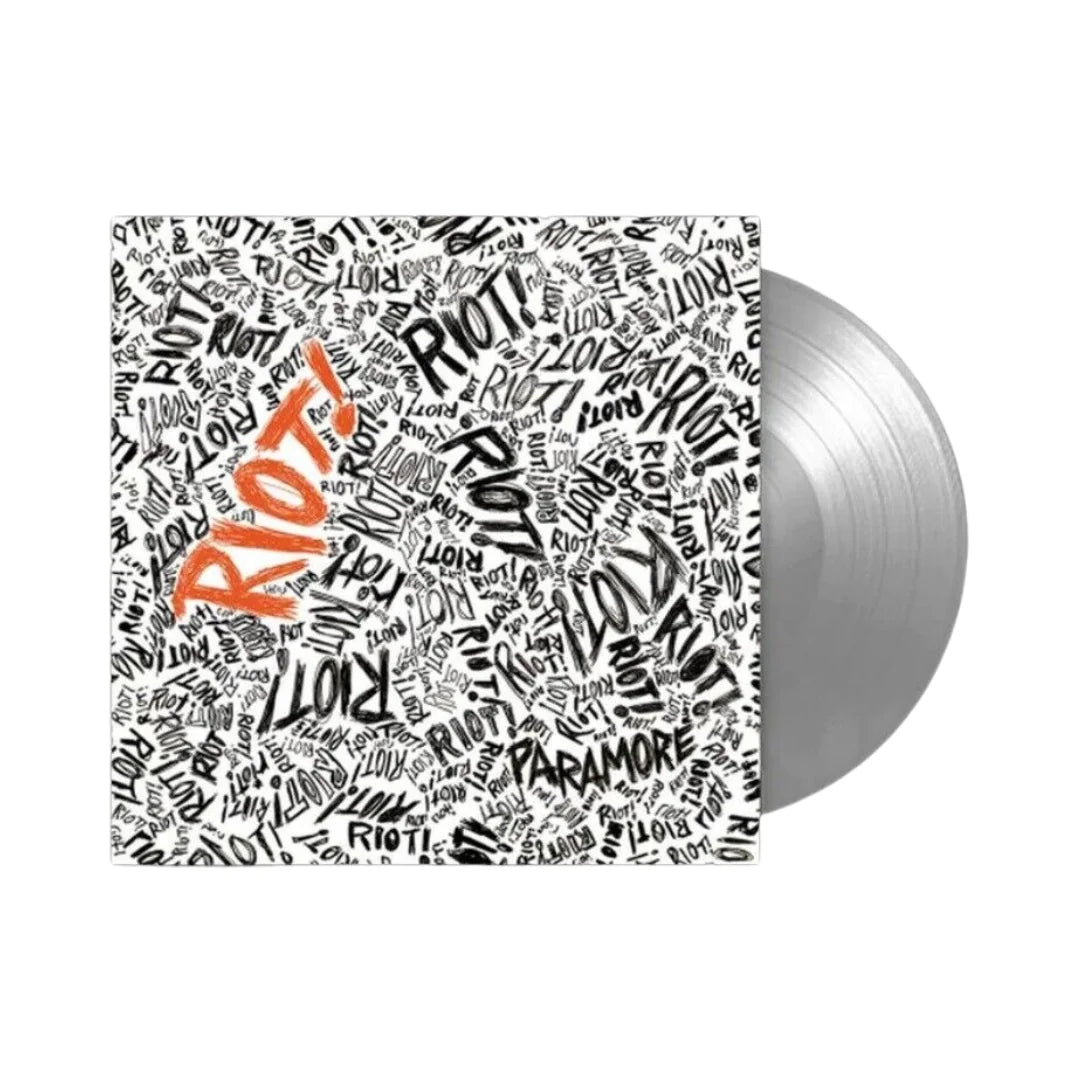
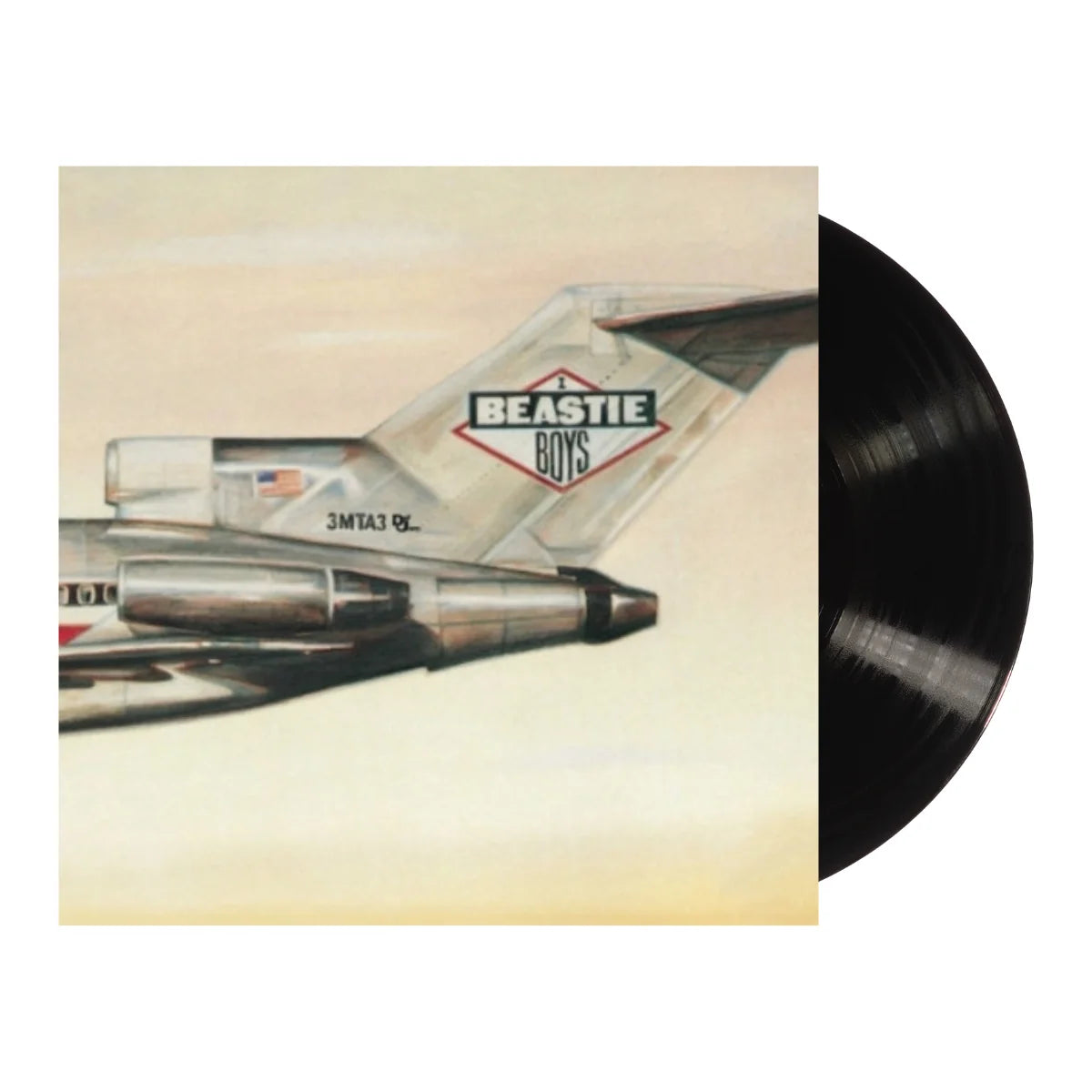
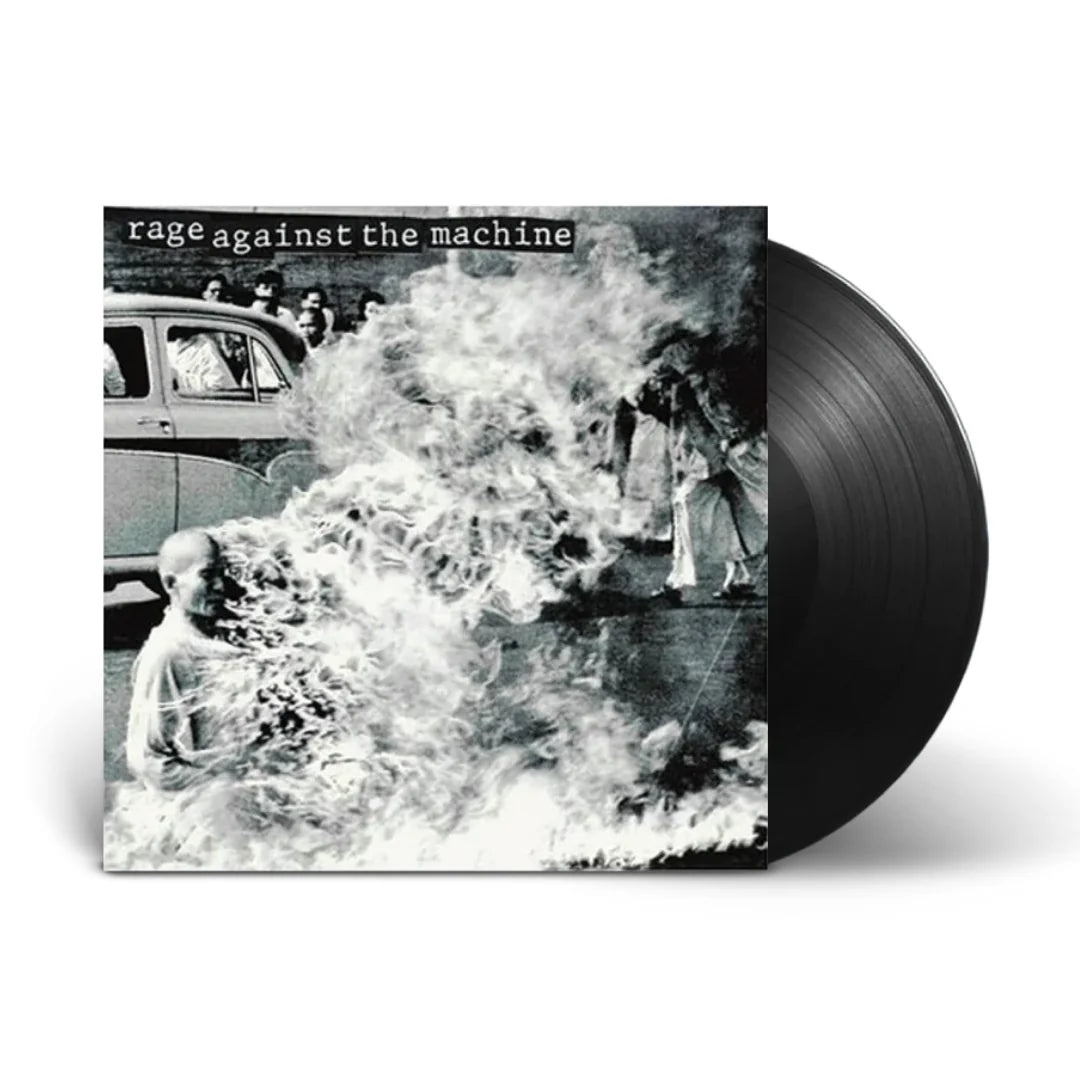
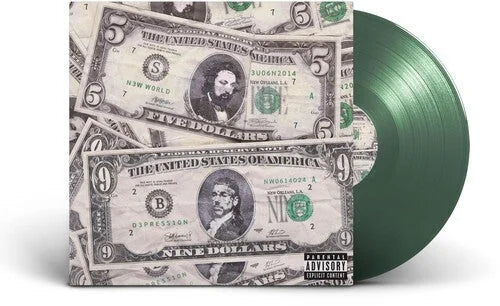
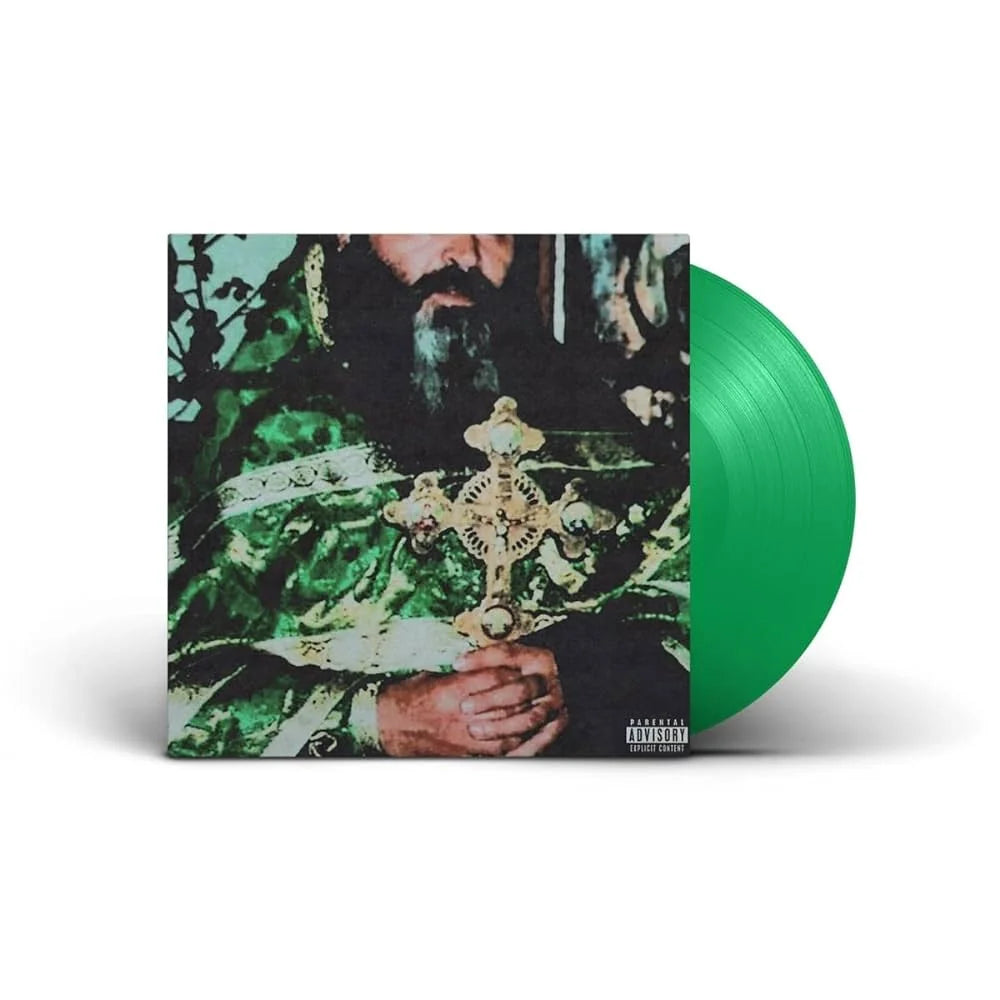
![$Uicideboy$ - Thy Kingdom Come [Clear]](http://vinyl.com/cdn/shop/files/4435583-3407920.jpg?v=1754460746&width=5760)
![(hed) p.e. - New And Improved [Pink]](http://vinyl.com/cdn/shop/files/4425252-3389420.jpg?v=1746578880&width=5760)


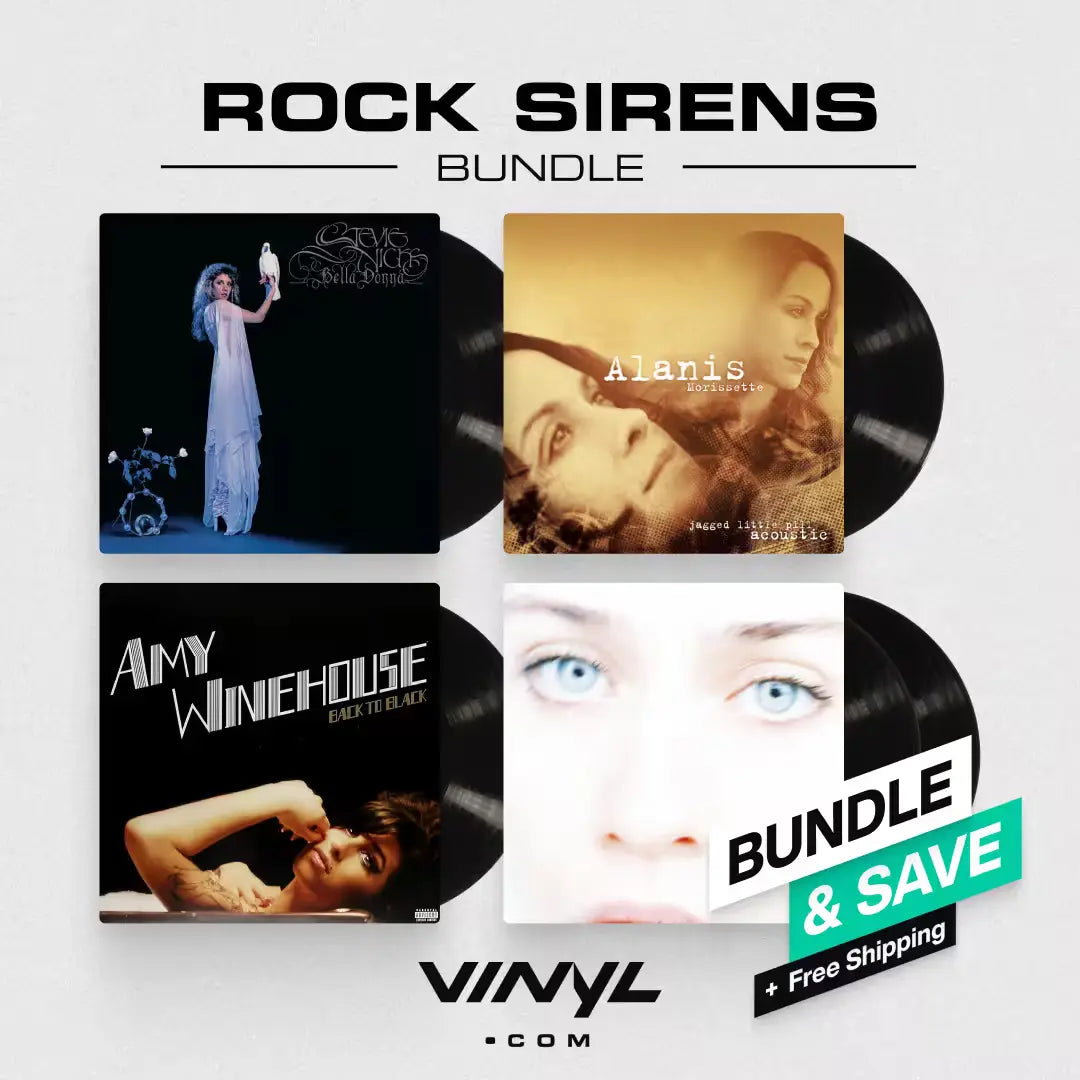
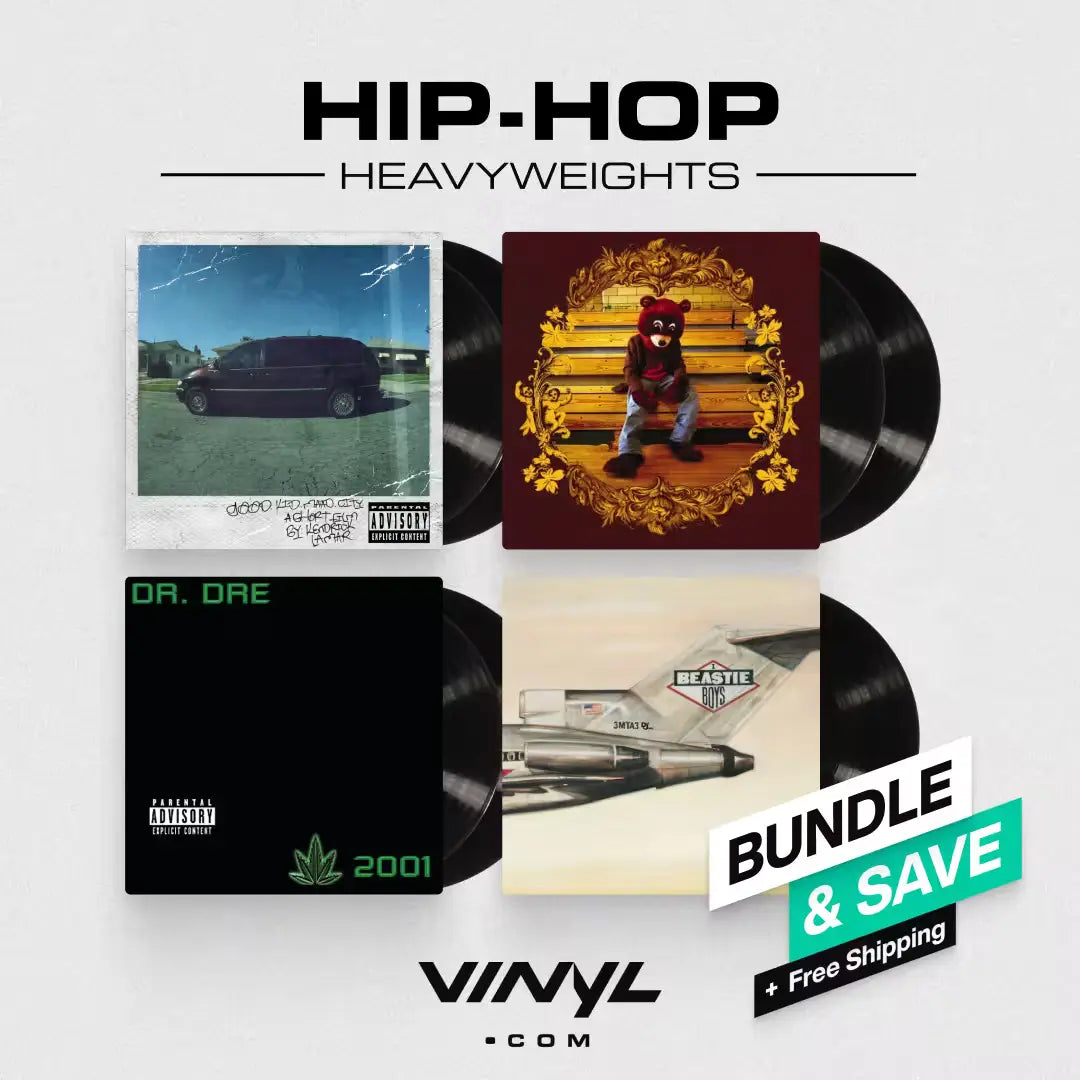
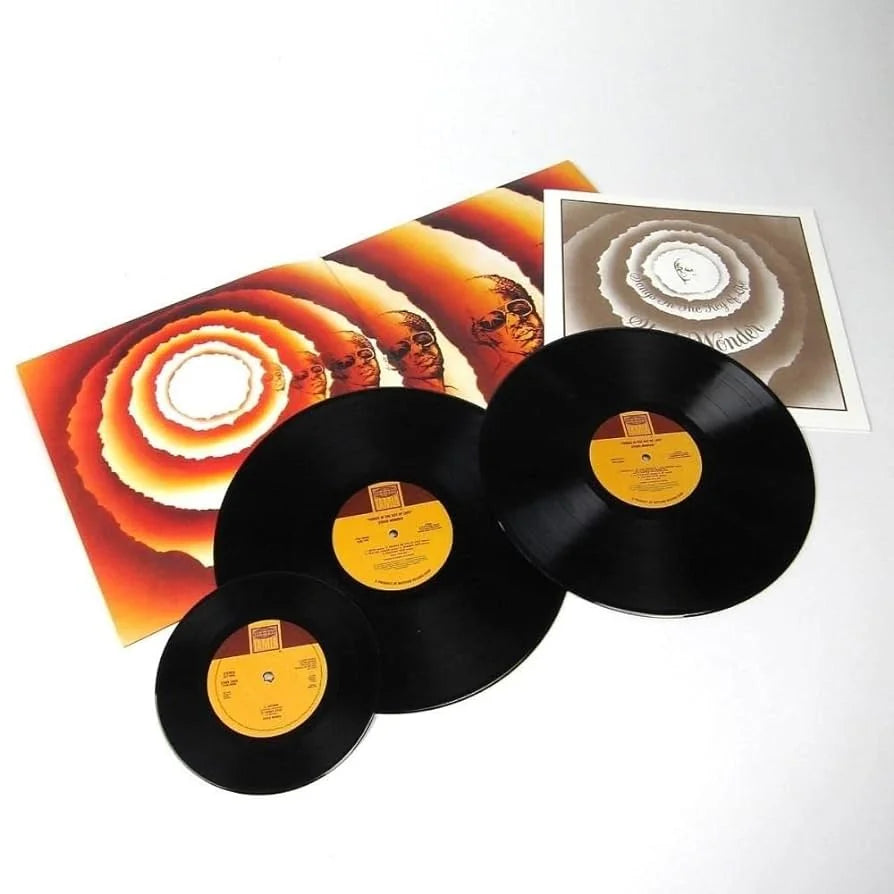
![The Grateful Dead - The Music Never Stopped [6LP Box Set]](http://vinyl.com/cdn/shop/files/The_Grateful_Dead-The_Music_Never_Stopped__6LP_Box_Set.jpg?v=1747729623&width=5760)
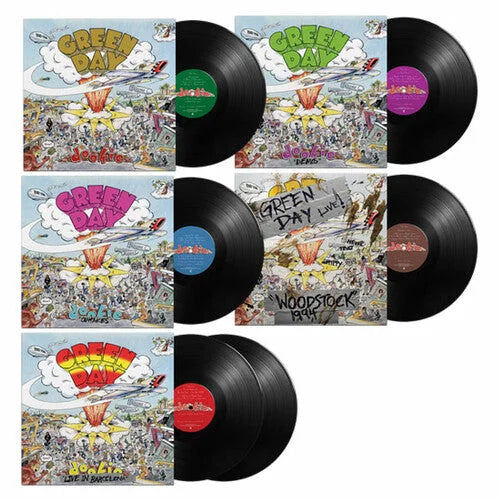
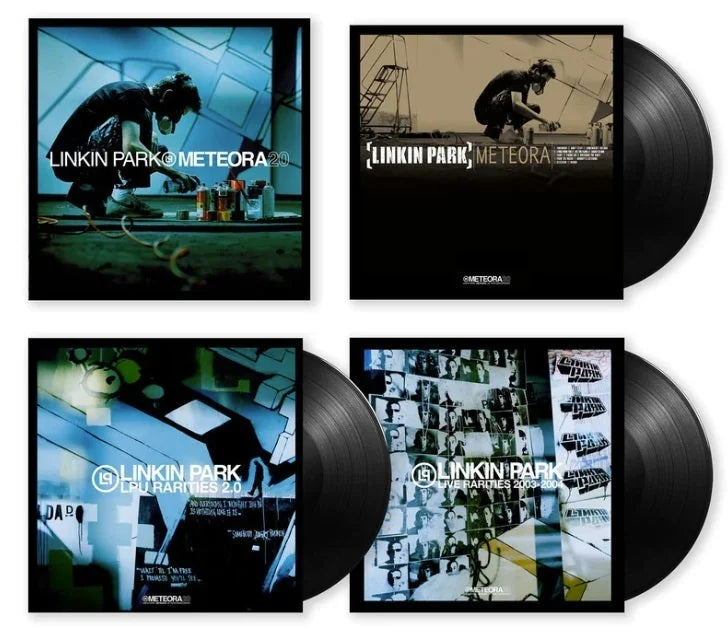
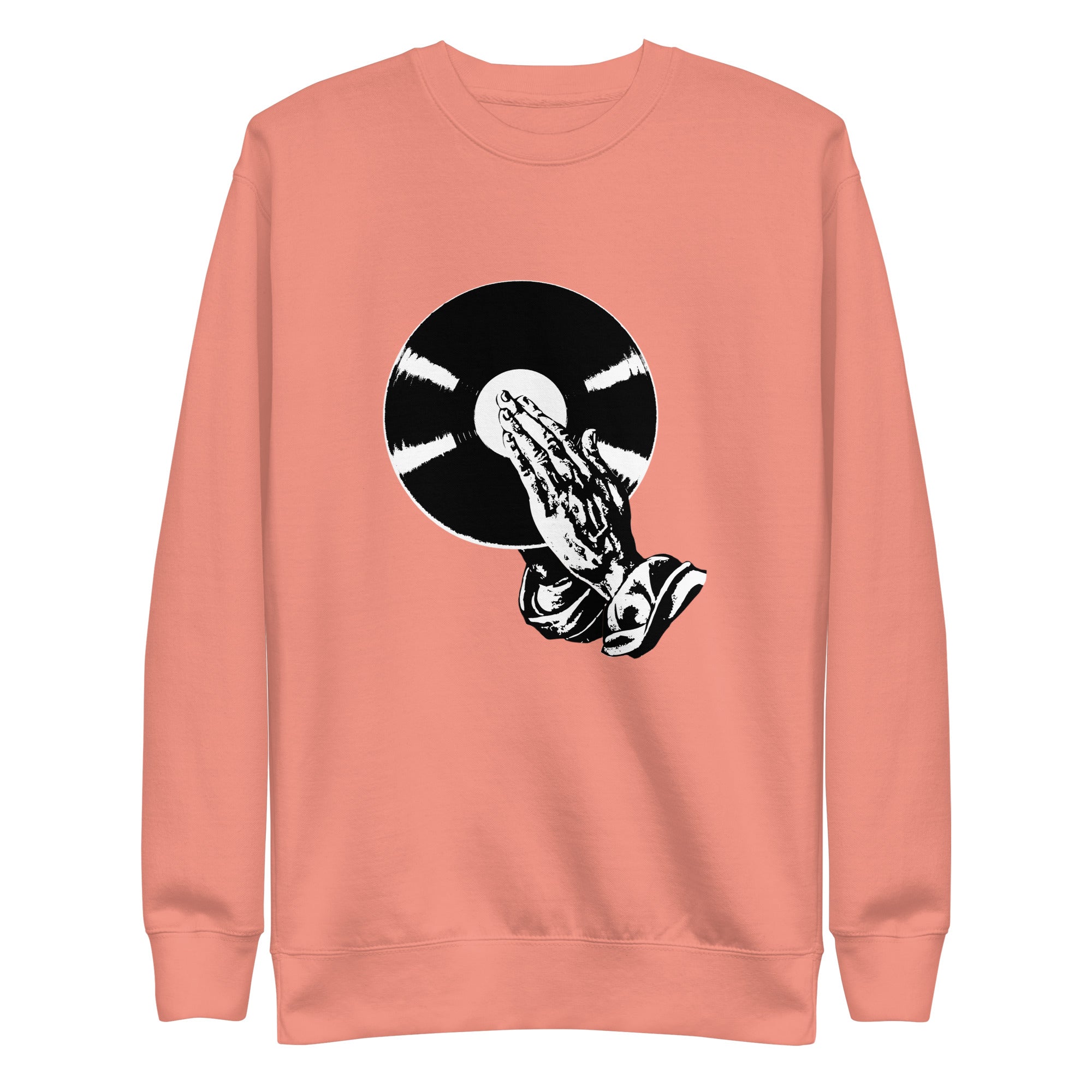
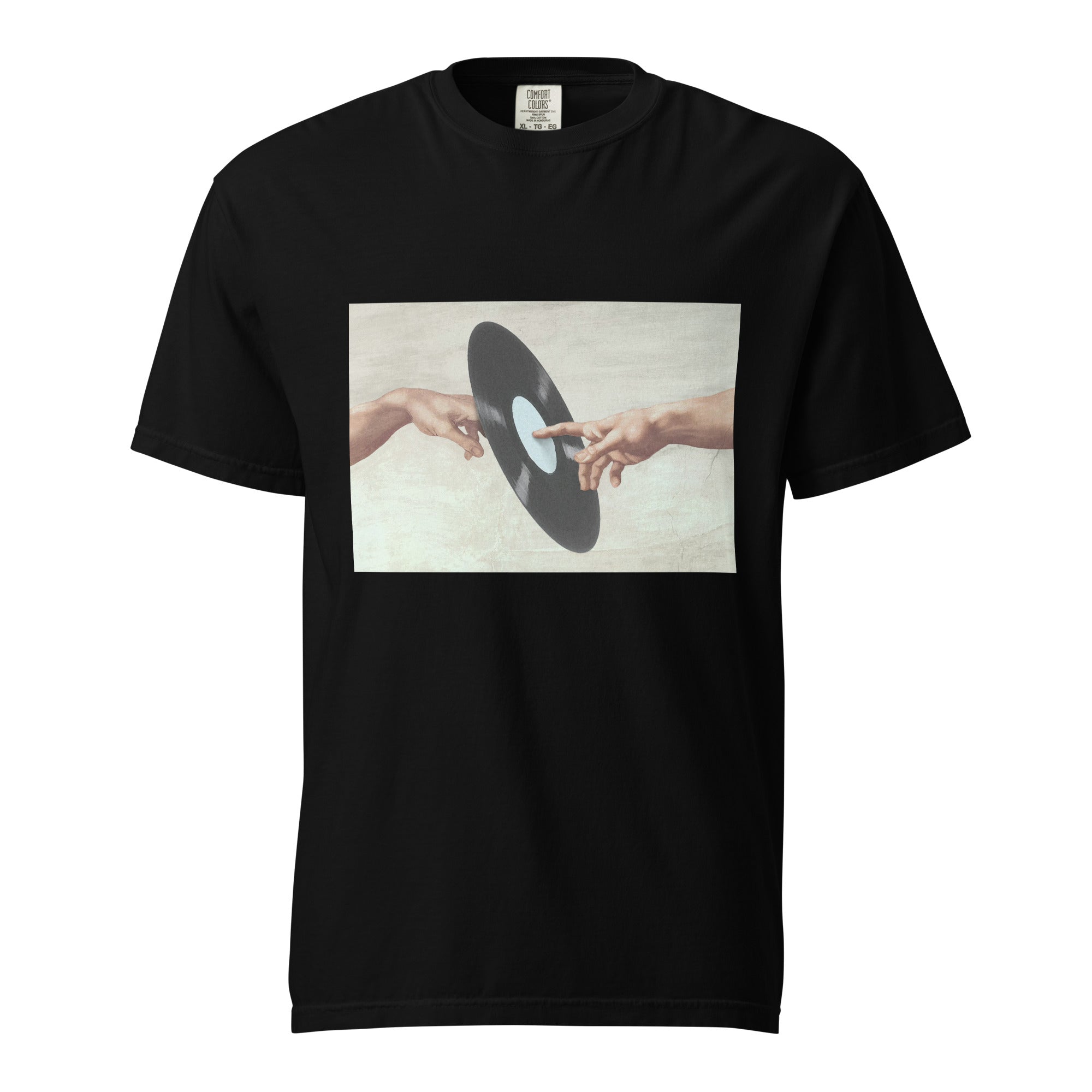
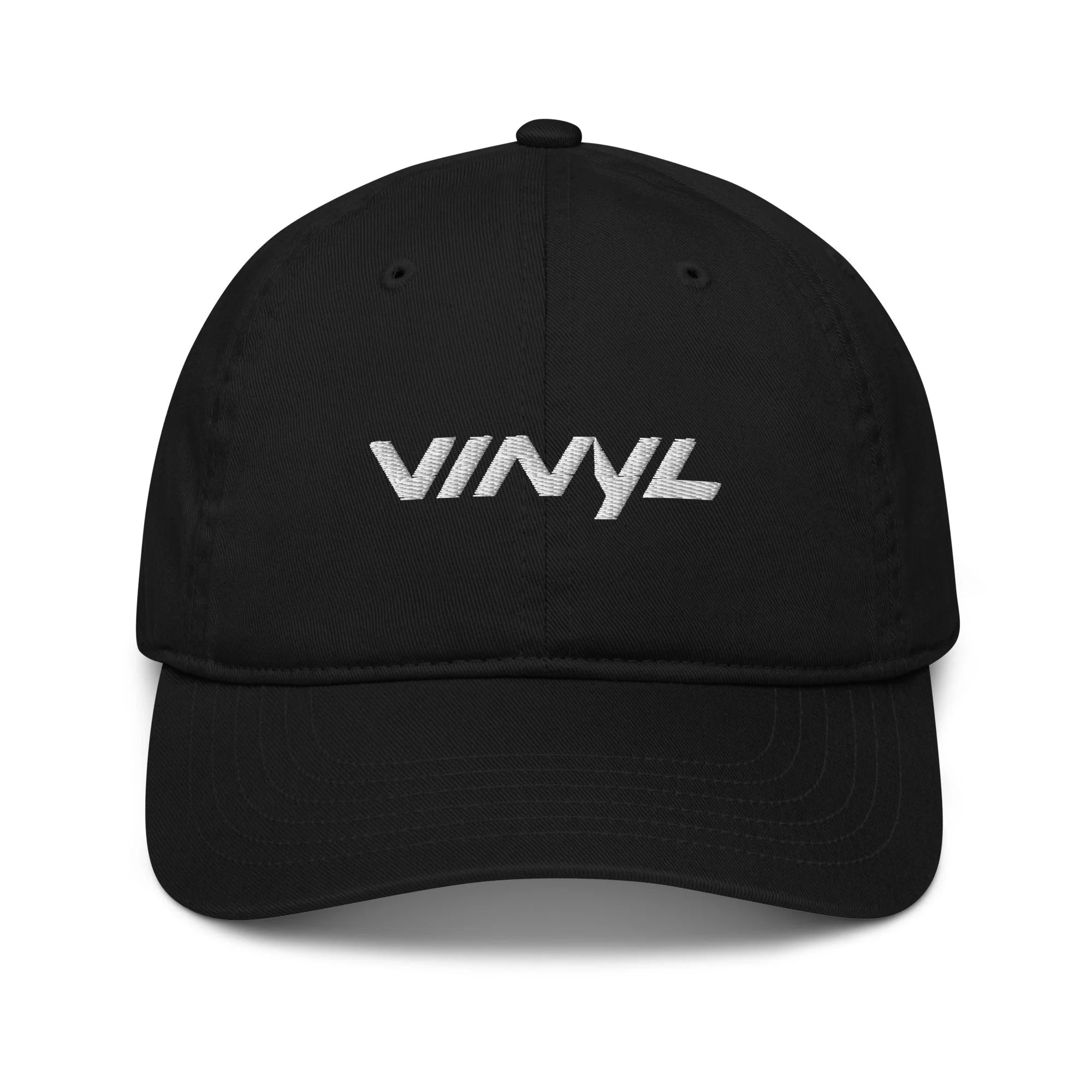
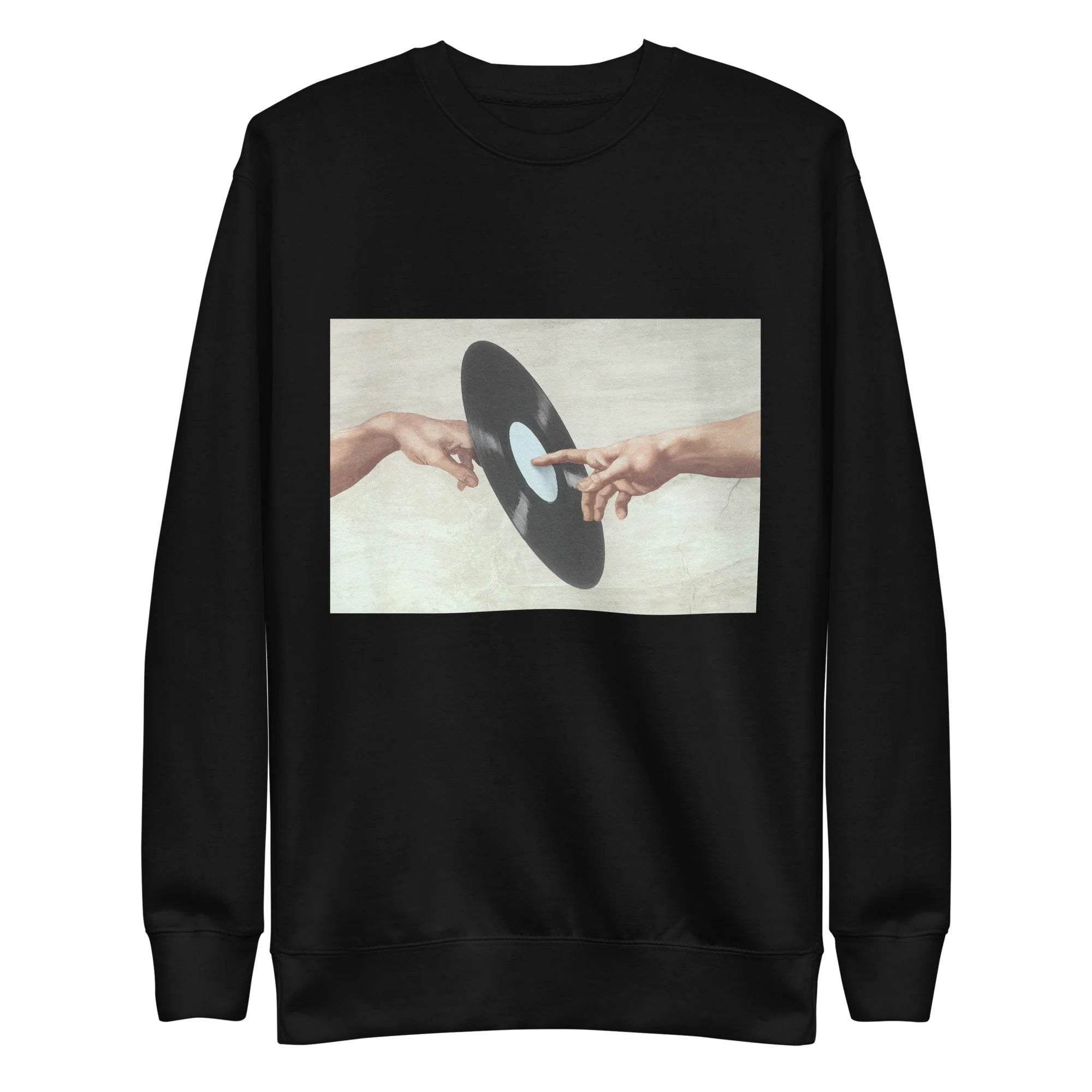
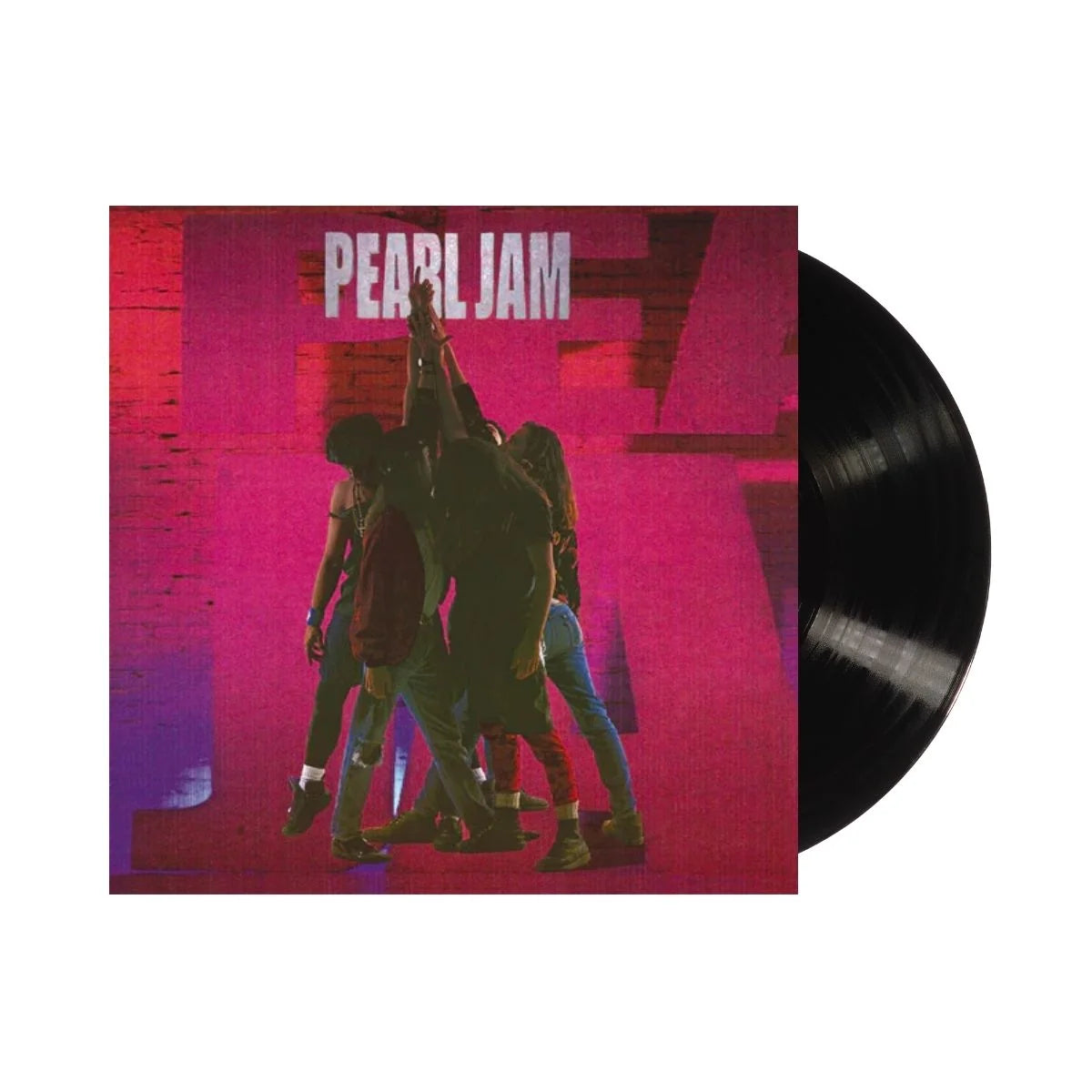
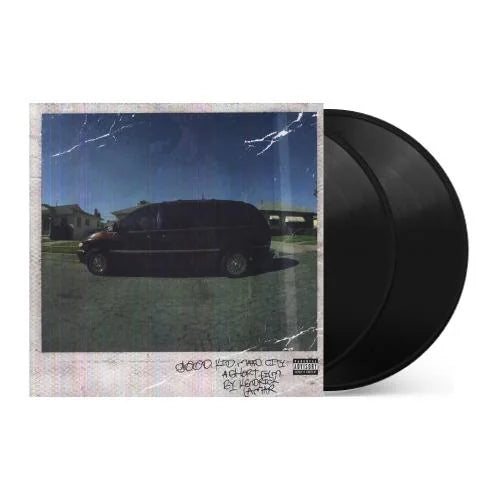
![Taylor Swift - 1989 (Taylor's Version) [2LP Crystal Skies Blue]](http://vinyl.com/cdn/shop/files/taylor_swift_1989_taylors_version.jpg?v=1734389117&width=5760)
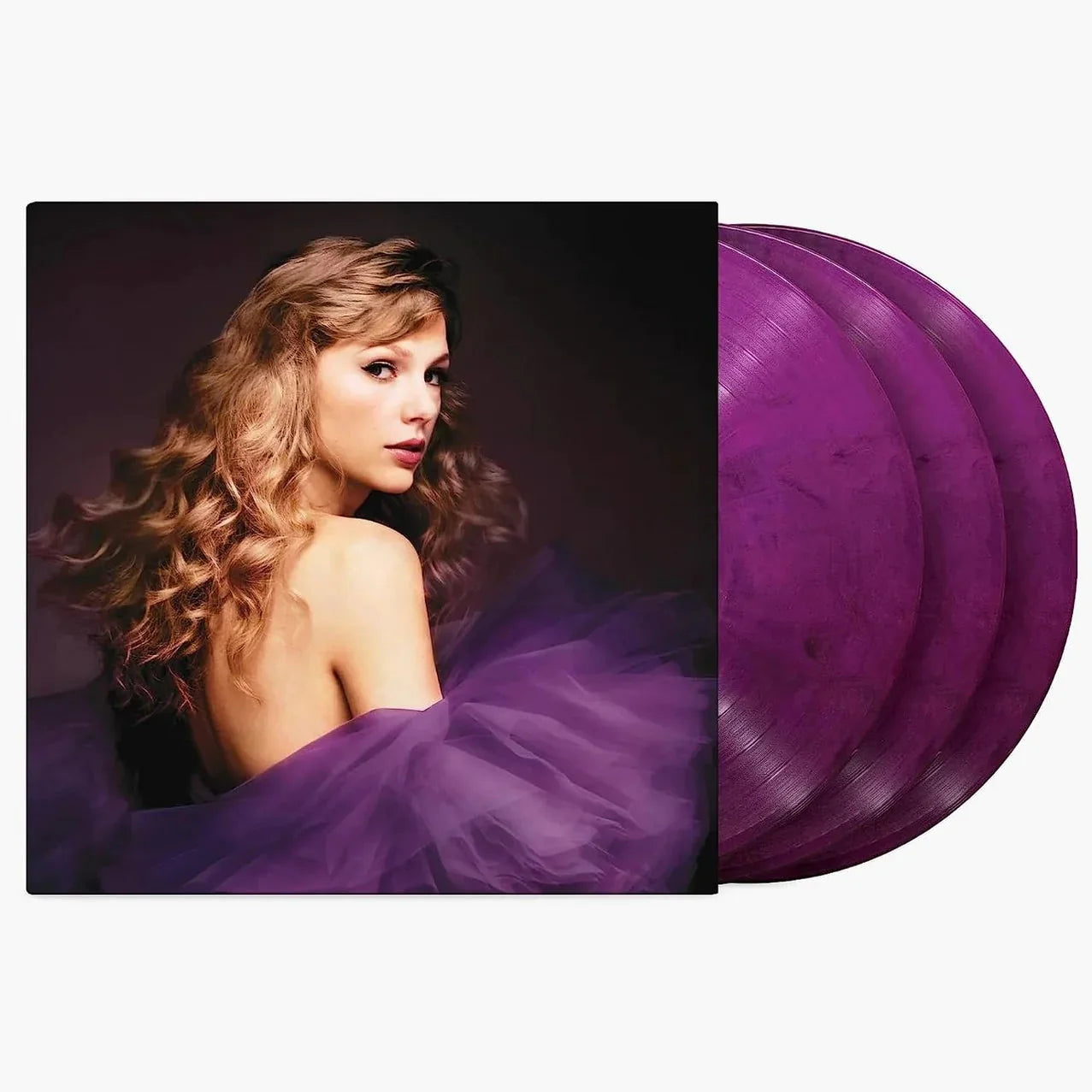
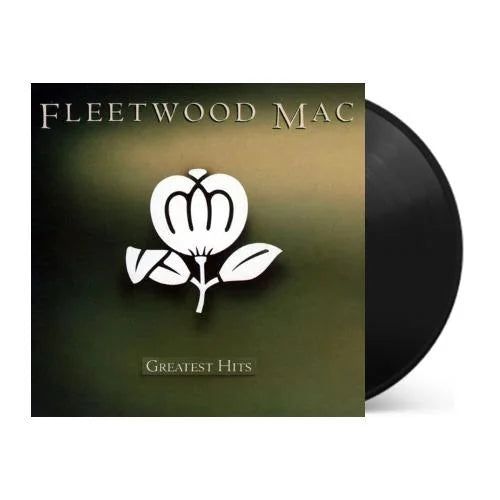
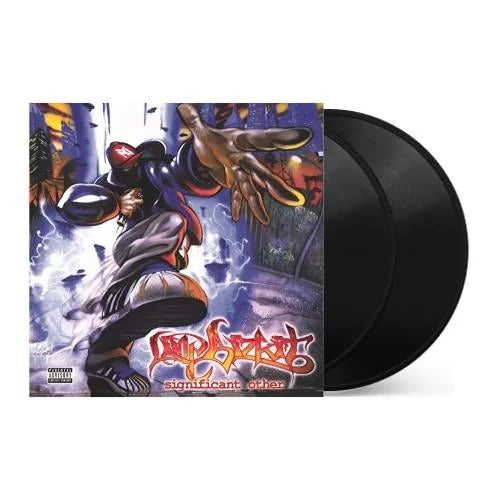
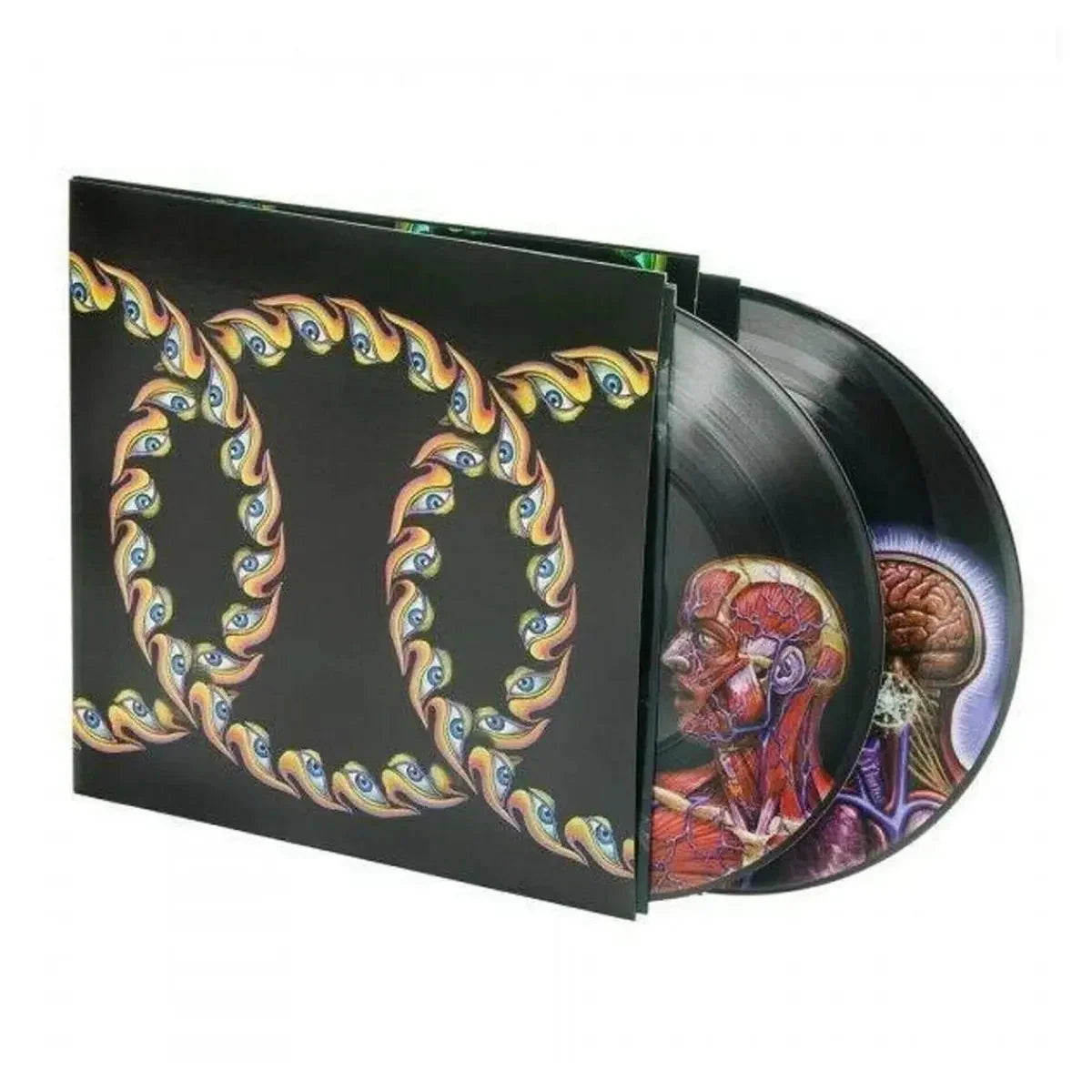
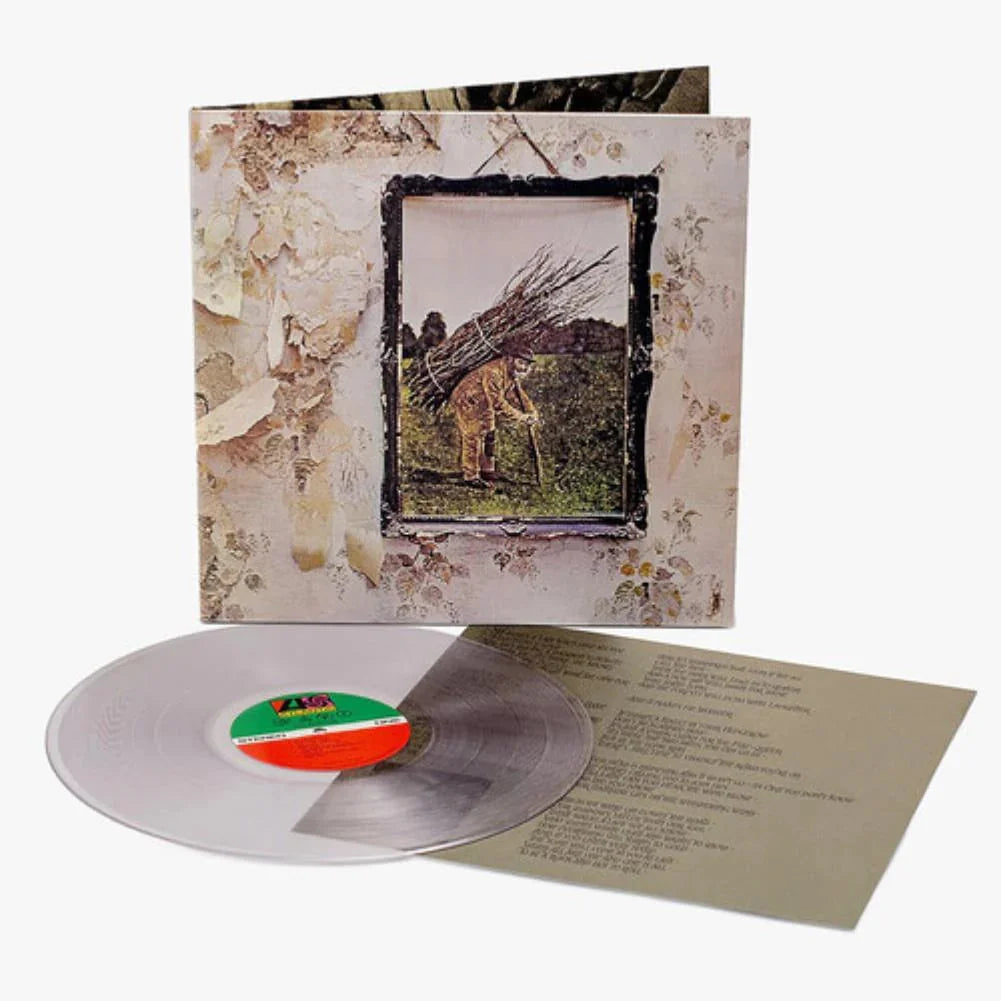
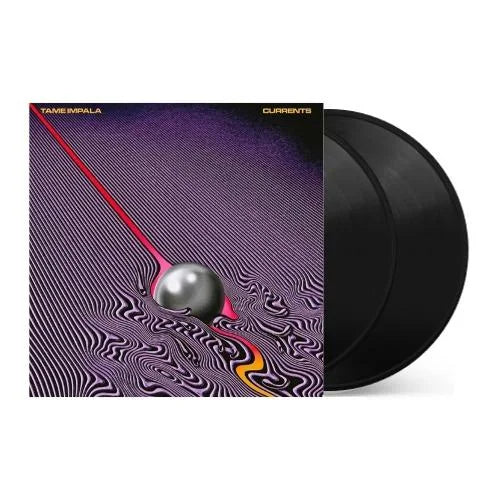
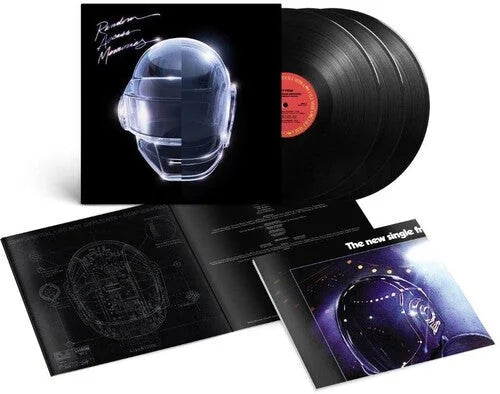
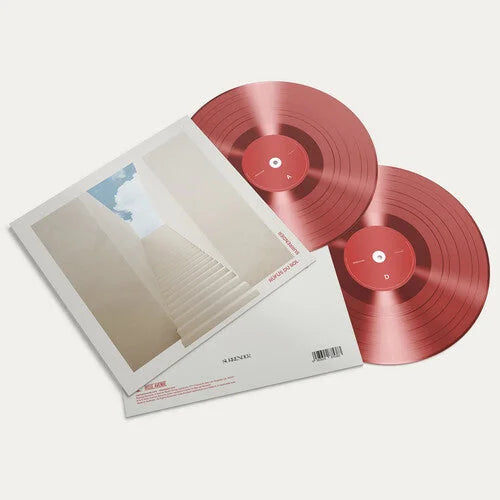
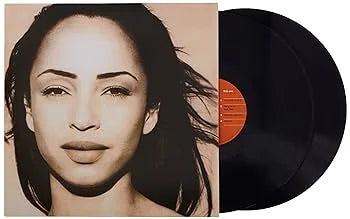
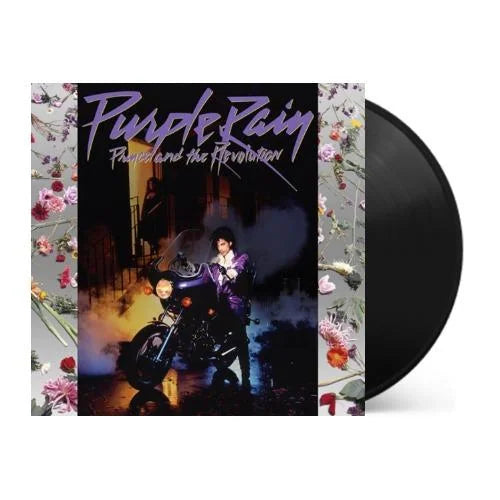
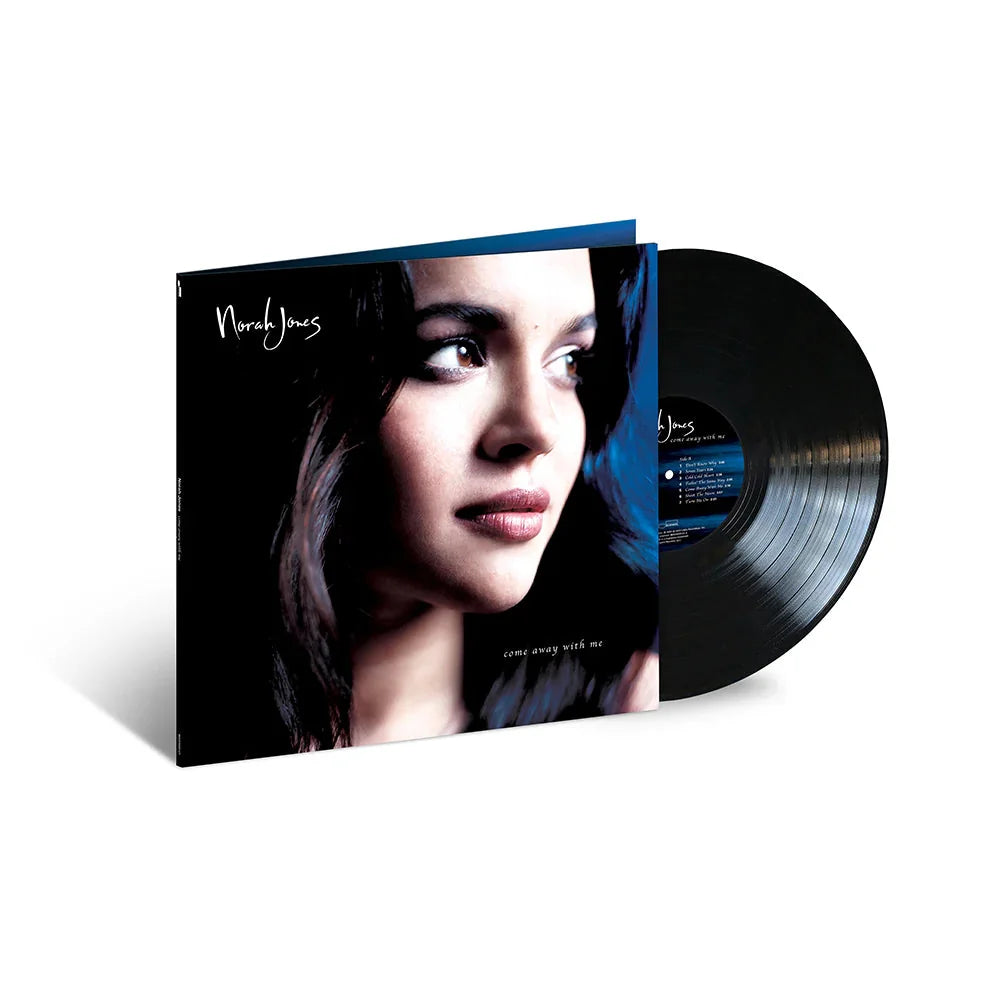
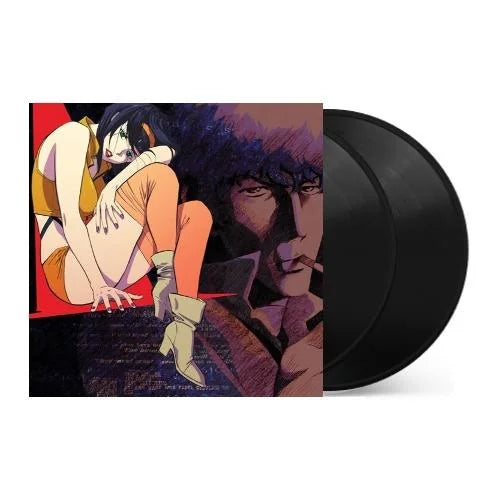
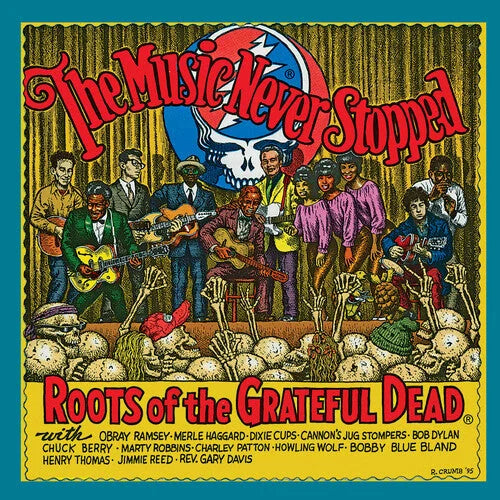
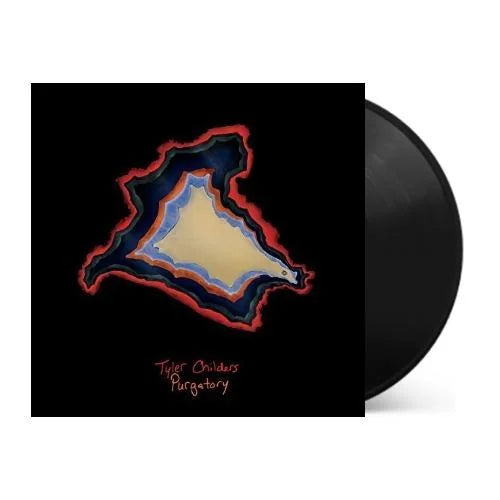
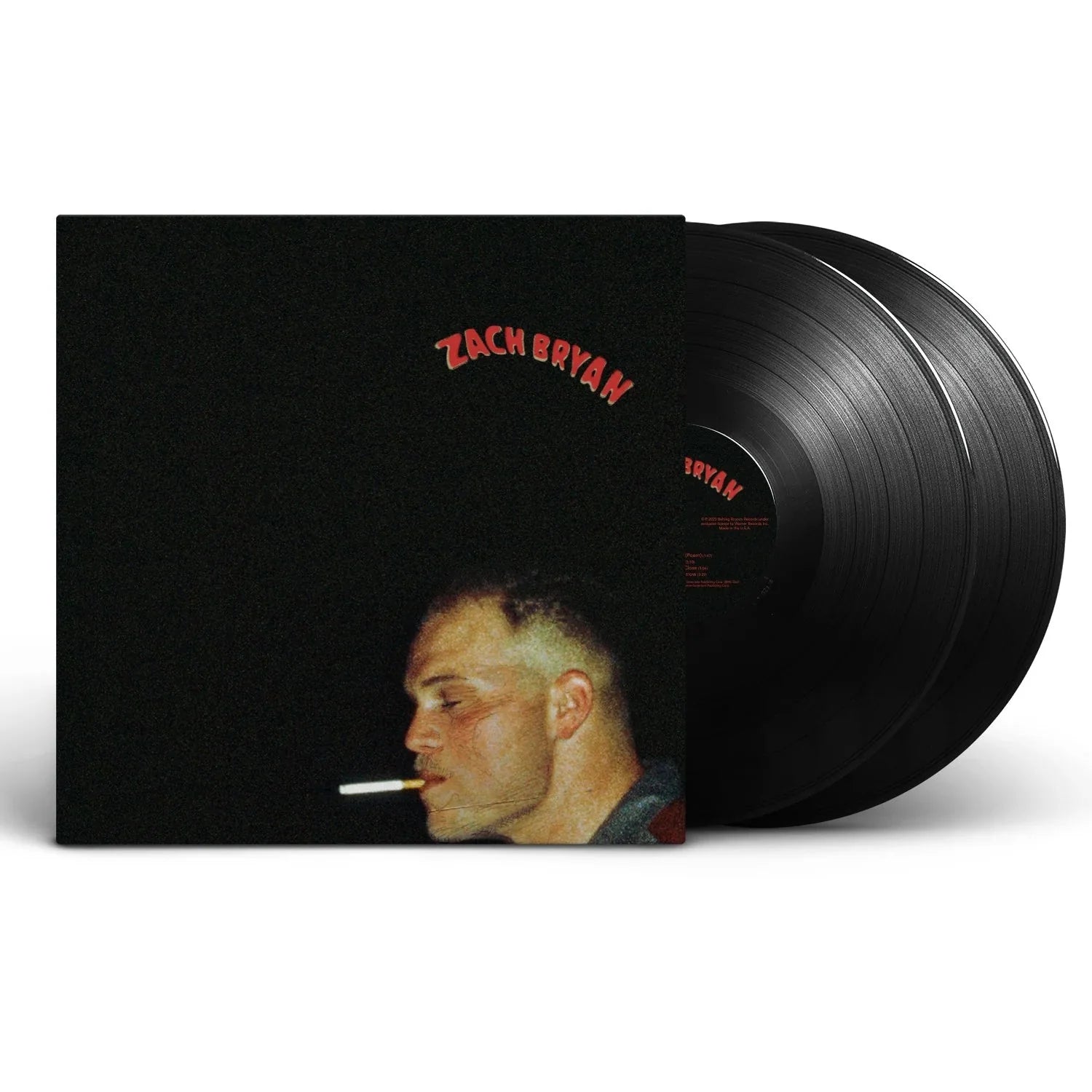
![Grace Jones - Nightclubbing [Gold]](http://vinyl.com/cdn/shop/files/4407705-3329230.jpg?v=1742429522&width=5760)

![Debbie Harry - KooKoo [2LP Clear]](http://vinyl.com/cdn/shop/files/4025259-2960387.jpg?v=1682465873&width=5760)
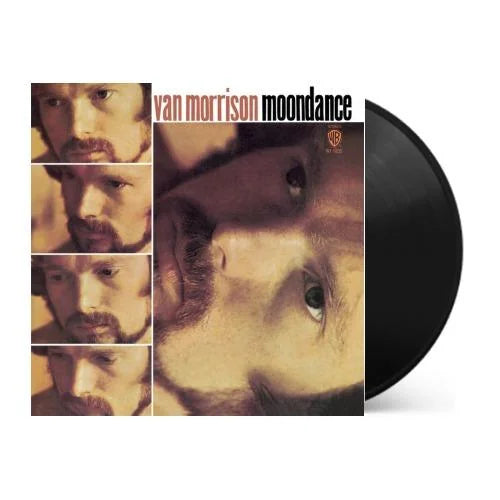
![Miles Davis - Kind of Blue [180-gram]](http://vinyl.com/cdn/shop/files/Y4LPMD03.webp?v=1742198237&width=5760)
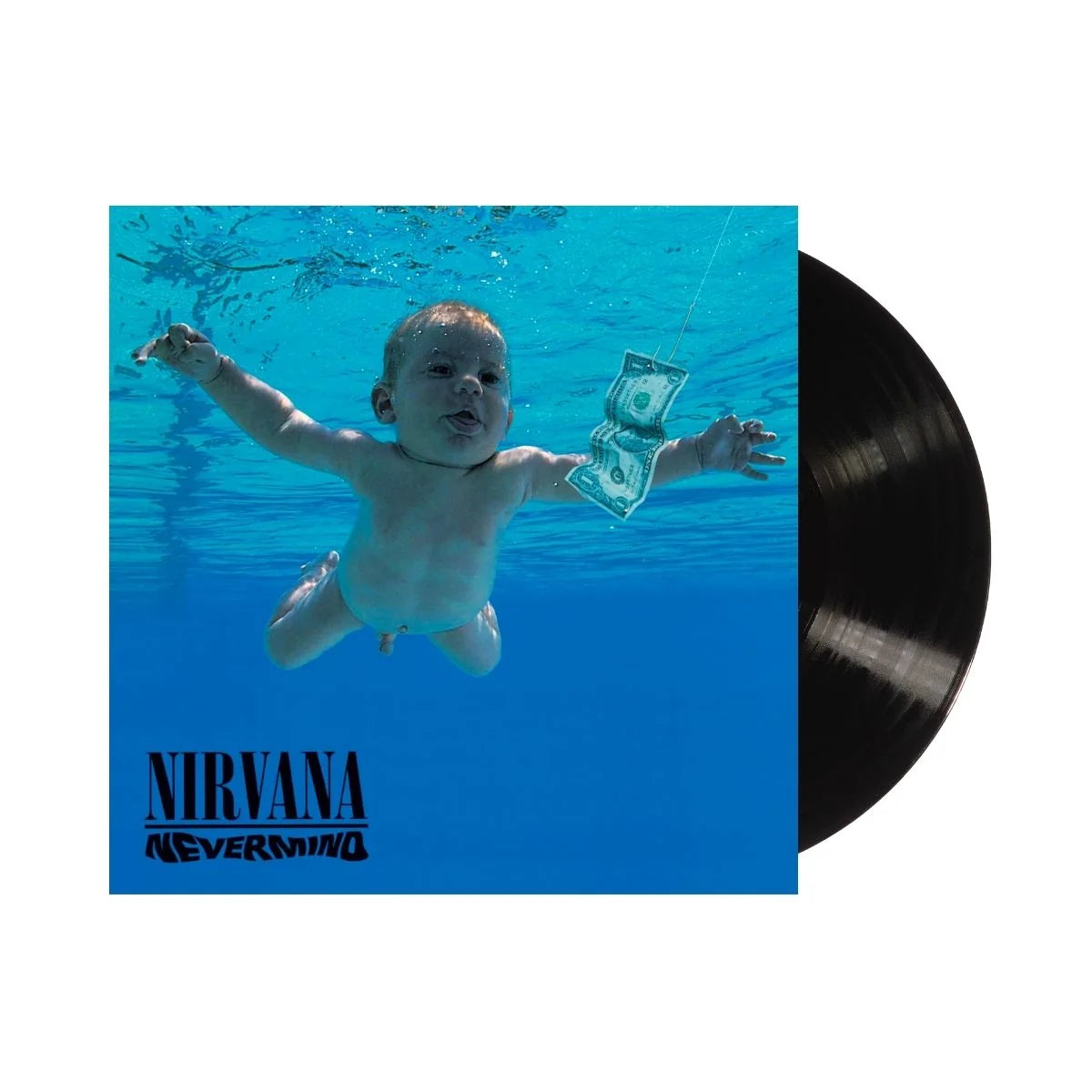
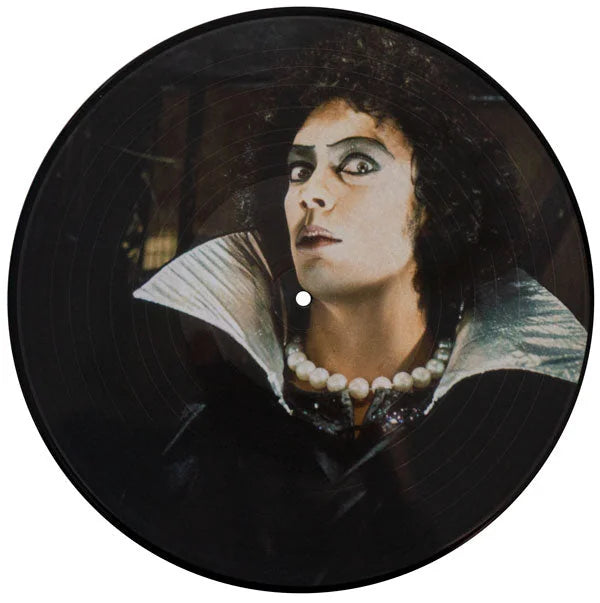
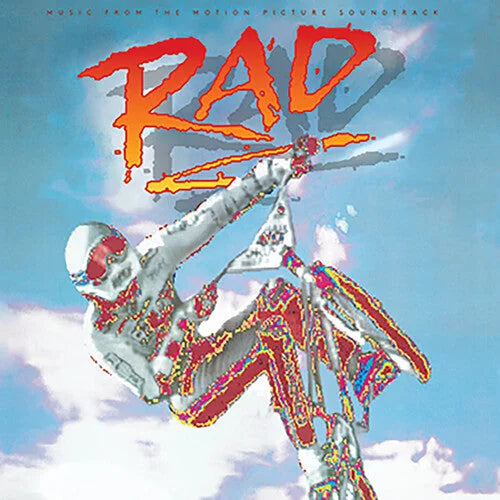
![Transformers: The Movie (Original Soundtrack) [Unicron Marbled 180-Gram]](http://vinyl.com/cdn/shop/files/4417308-3378319.jpg?v=1745982250&width=5760)
